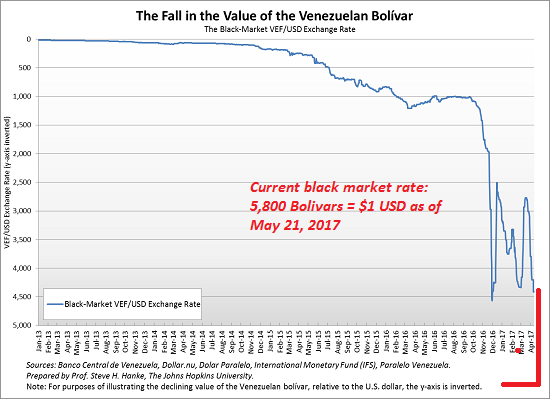The incremental increase in systemic complexity is rarely if ever recognized as a problem that additional complexity can't solve.
What is complexity in this context? More organization, more layers of management, higher levels of specialization, an expansion of roles and differentiated areas of expertise, more channels of communication, more feedback loops, and an increase in the quantity and types of communication.
All of which consumes more energy and more treasure, not just to build the infrastructure of this increased complexity but to train the staff and maintain the higher costs going forward.
Which raises the obvious question: how does increasing cost solve anything? Doesn't increasing the cost of a system create the problems resulting from taking money from some other source to pay the higher costs?
There are several different answers to this question.
1. The problem that must be solved is an existential threat to the society, and therefore cost is no longer an issue. World War II offers a historical example of an existential threat requiring a vast expansion of complexity and cost.
The upside of this dynamic is the problem is resolved relatively decisively by either victory or defeat. The downside is the vast sums borrowed to fund the war effort must be paid, or at least the interest must be paid--or the enormous debts must be renounced, crippling trust and the credit system.
2. The gains reaped by increasing complexity more than offset the higher costs. Amazon seems to offer a commercial example of this dynamic. By investing heavily in complex technology, Amazon has created financial incentives for consumers to shop online and have their purchases delivered to their door.
Consolidating consumption is this fashion lowers costs in many ways. Instead of 100 consumers getting in 100 vehicles and driving to a mall/retail center, a handful of delivery vehicles distribute the purchases, reducing energy consumption, air pollution, traffic congestion, fuel burned while waiting in traffic, etc.
The increased complexity of online shopping and delivery has impacted the higher fixed-cost bricks and mortar retail sector, as this higher cost shopping-distribution system is experiencing stagnant sales and plummeting profitability.
3. The initial costs of increasing complexity are offset by lower operating and maintenance costs. With the costs of labor and labor overhead (healthcare and pension costs) rising, investments in automation complexity may reduce operational expenses significantly, more than offsetting the costs of increasing complexity via automation.
But many of the increases in complexity in our socio-economic system aren't intended to solve existential or cost problems; they're designed to address political issues or to foster perceptions that problems are being addressed.
Many increases in complexity are intended to reduce exposure to liability--legal threats that increase operational costs without offering much in the way of offsetting benefits.
Increasingly complex laws and regulations are passed to mitigate politically pressing issues, and the pressure on politicians and regulators to "do something" leads to regulatory and legal thickets that may well have limited impact on the problem but serve to signal to constituencies that "your problem has been addressed."
The added costs of this complexity are rarely considered in the political process, which focuses on easing the short-term pain of political pressure.
Another source of increasing complexity that yields diminishing returns is institutions and agencies whose raison d'etre is to generate and enforce regulations. These agencies must continually produce more regulations to justify their budgets and staffing, and adding systemic costs is not an issue.
The regulatory institutions have no mechanisms, processes or incentives to reduce systemic complexity or accurately assess the costs of increasing regulatory burdens.
This incremental increase in systemic complexity is rarely if ever recognized as a problem that additional complexity can't solve. In solving liability, regulatory and political issues with added layers of complexity (that created more complexity as they interact in unexpected ways), we have increased the systemic load of complexity in ways that may only become visibly destabilizing when the system stops working or slides into insolvency.
Why is insolvency a potential result of rising complexity? Rather than pay the higher costs by taking funding from other programs--a politically risky move, as those whose funding has been cut will ignite a political firestorm of protest--our political "leadership" has borrowed the costs of increasing complexity from future earnings and future taxpayers.
All borrowed money accrues interest, and eventually the mountain of debt crushes the economy by either bleeding investment and consumption to pay the interest or by destroying the purchasing power of the currency as the government inflates away the debt by debauching its currency.
What problems are we solving by increasing systemic complexity? What problems are we exacerbating by adding systemic complexity? We'll know the answer when systems start breaking down and a stark choice between destroying the purchasing power of our currency or insolvency presents itself.
Of related interest:
NOTE: Contributions/subscriptions are acknowledged in the order received. Your name and email remain confidential and will not be given to any other individual, company or agency.
Thank you, Douglas G. ($50), for your outstandingly generous contribution to this site -- I am greatly honored by your support and readership.
| |
Thank you, Lisa K. ($25), for your splendidly generous contribution to this site -- I am greatly honored by your support and readership.
|




























